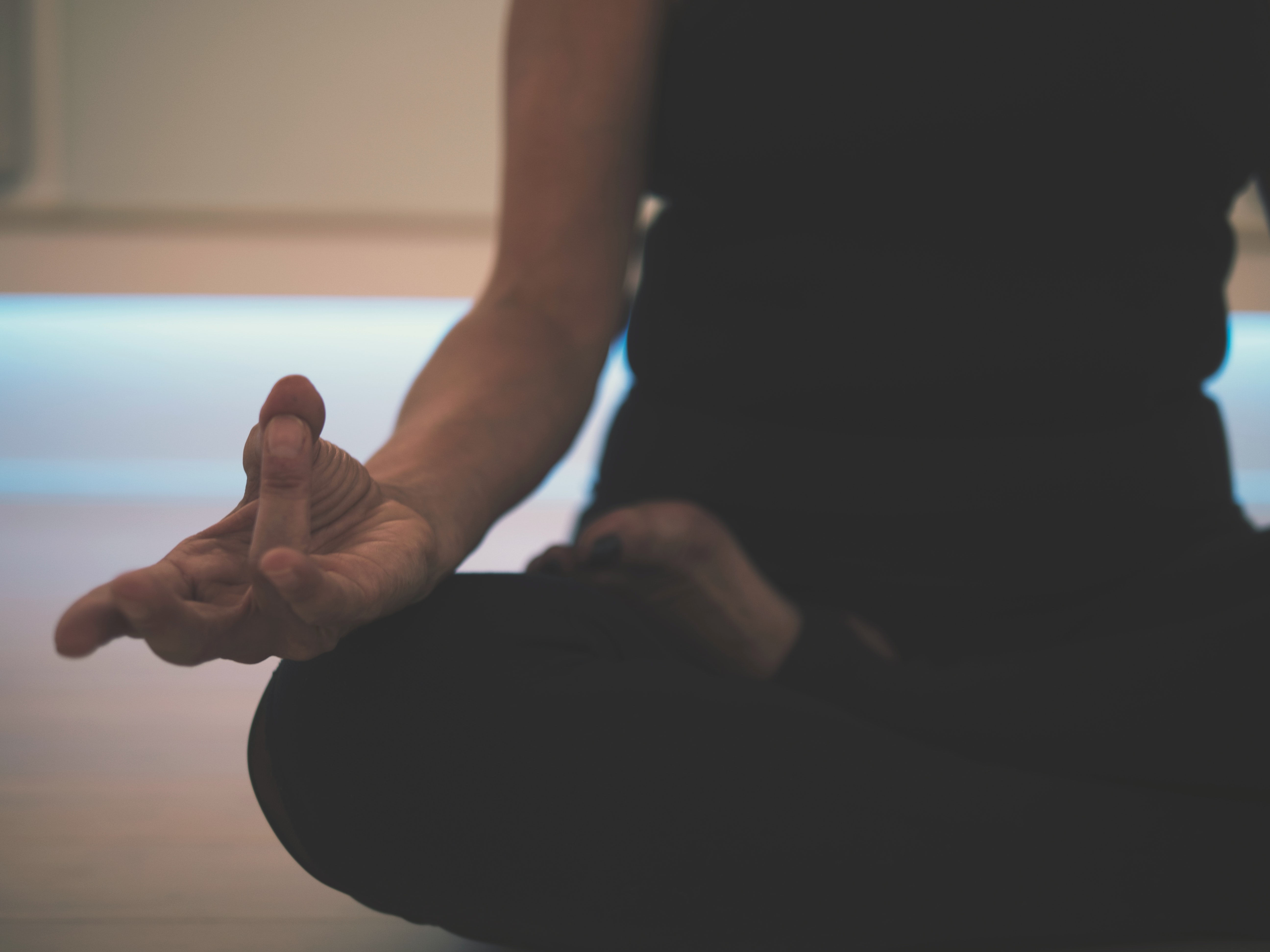There’s a culturally-accepted notion of meditation that looks something like this:
Eyes closed. Spine erect, seated in full Lotus. Total stillness. Empty mind. This, my friends, is meditation.
And for some, seated silent meditation is the bee’s knees. It has been an important practice in all kinds of a spiritual traditions since time immemorial, and there is no doubt that the path of meditation is extremely effective. Yet there are some who squirm, our minds wandering wildly no matter how much we try to create stillness within, and no matter how many hours we’ve spent trying to find stillness.
So we think we’re “bad at meditation”. Our minds are just too crazy/active/chaotic to “do it right”.
My friends, there is another way to find that stillness. Or rather, there are a few.
1. Moving Meditation
From Qigong to walking labyrinth meditation to Ecstatic Dance to Osho’s Dynamic Meditation, many teachers and traditions along the way have found great benefit to actively moving the energy in the body as a part of meditation practice. Yoga itself, for some, is exactly this: a practice of moving meditation. Breathe and flow.
Most of these practices begin with movement, eventually coming to a point of stillness and silence to observe the effects within the body and mind. So with a little bit - or a lot - of movement first, finding that silence might be a bit easier.
2. Breathwork
In the yogic traditions, pranayama - focused and intentional breathing techniques, each with a specific purpose - has long been one component of a well-rounded yoga practice. Breathwork as its own practice has started to receive more attention in recent years, offering a relaxing, insightful, and healing approach to meditation. In some instances it is being practiced as a compliment to Vipassana meditation as a method to rapidly release tension and stagnant energy, but even on its own the various breathwork techniques can offer a profoundly deep and healing experience. For more intensive breathwork it is advised to find a trained guide to support you as you learn this powerful technique.
3. Mantra Meditation
If your mind won’t stop wandering, why not give it something to focus on besides emptiness? Working with a mantra, focusing your mental energy on repetition, can be one path to dissolving tension and dissolving into the moment. You can create your own mantra that resonates with you, something like: I am love. I am peace.
4. Loving Kindness Meditation
Or you can work with the Metta Mantra, sending love, joy and peace first to self, then to others, and then to the world. Here’s an explanation of how to practice this meditation from the Metta Institute.
There are always more.
At its core, the intention of meditation is to return to a fundamental state of being. From this state, we observe with witnessing consciousness as thoughts, emotions and events surge and cascade inside us and around us. We become aware of the origin of the totality and of our place within the tapestry.
You can do that sitting by a stream. You can find that in dance. You can become aware through the breath. There is no “bad at meditation,” but only finding that path on which you can fly.

